Improving the look of your home with a fashionable stone veneer will not only make it more beautiful, it will also increase the value of the property.
Better still, this type of makeover is relatively simple, and a lot less expensive than you might think. It will change the entire look and character of your home and also make it more marketable should you decide to sell.
A Good Quality Stone Veneer is an Investment
Any home improvements may be considered an investment, but the dramatic difference a new stone veneer can make this one of the best investments possible.
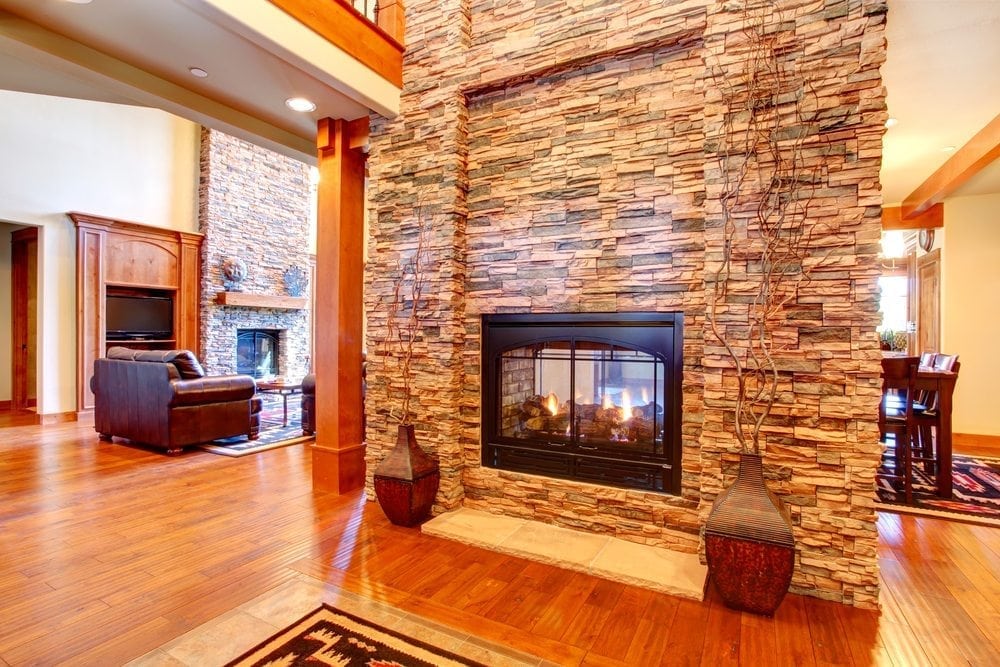 Whether you want to revamp the entire exterior of your home, or remodel your kitchen, bathroom or parts of your indoor or outdoor living space, a stone veneer offers numerous options. It’s lighter than real stone, easier to install, and because you don’t have to rely on locally quarried stone, there is a lot more variety. Bearing this in mind, you’ll realize that working with quarried stone is not easy, which is why you would need the services of an experienced stonemason. It is also a considerably more expensive option.
Whether you want to revamp the entire exterior of your home, or remodel your kitchen, bathroom or parts of your indoor or outdoor living space, a stone veneer offers numerous options. It’s lighter than real stone, easier to install, and because you don’t have to rely on locally quarried stone, there is a lot more variety. Bearing this in mind, you’ll realize that working with quarried stone is not easy, which is why you would need the services of an experienced stonemason. It is also a considerably more expensive option.
In striking contrast, installing a stone veneer can be tackled as a do-it-yourself project by anyone who is vaguely handy.
Native Custom Stone offers a number of stone veneer variations in an enormous palette of colors. You can choose something that will make your home look like a castle or a country villa, or give it the appearance that stack stone, rubble (or ashlar), field or ledge stone, or even river rocks were used to build it. You don’t need any form of foundation to support the veneer units, and you don’t need special skills or tools to cut or lay the “stone”.
In addition to improve the appearance of your exterior or interior walls, a good quality stone veneer that has been correctly installed will also help to protect your home by repelling water and preventing moisture from seeping into the framework.
Here are some tips to ensure that get the maximum return on investment (ROI) from your stone veneer investment.
Get the Best ROI When You Remodel Your Home
Whether you’re remodeling your house inside and out, or just tackling a simpler home improvement project, there are proven ways to ensure you increase the value of your home. For example:
- Money spent on bathroom and kitchens offer maximum ROI. You don’t even have to clad the whole room with stone veneer; often a feature wall will have even more impact.
- Installing stone veneer around a fireplace or as a backdrop to a bar or conversation nook will give the area special appeal.
- It’s going to cost you more than simply painting the outside of your home, but you can be sure that installing stone veneer over the exterior will increase resale value by a large percentage more – some surveys indicate a new stone veneer could double your ROI. To increase your ROI even more, be sure to clean and tart up doors and windows frames too (with paint or a wood sealer). If exterior light fittings are looking tatty, replace them; and plant outside the house or introduce potted plants to add color and interest.
- On a smaller scale you could install a stone veneer around the front door, or clad your porch with veneer to make it stand out. Pot plants and other finishes work well in this environment too.
While installing a stone veneer isn’t difficult, it’s important to do it correctly. Check out one of our latest infographics on Remodeling ROI. If you need more advice, contact us today.

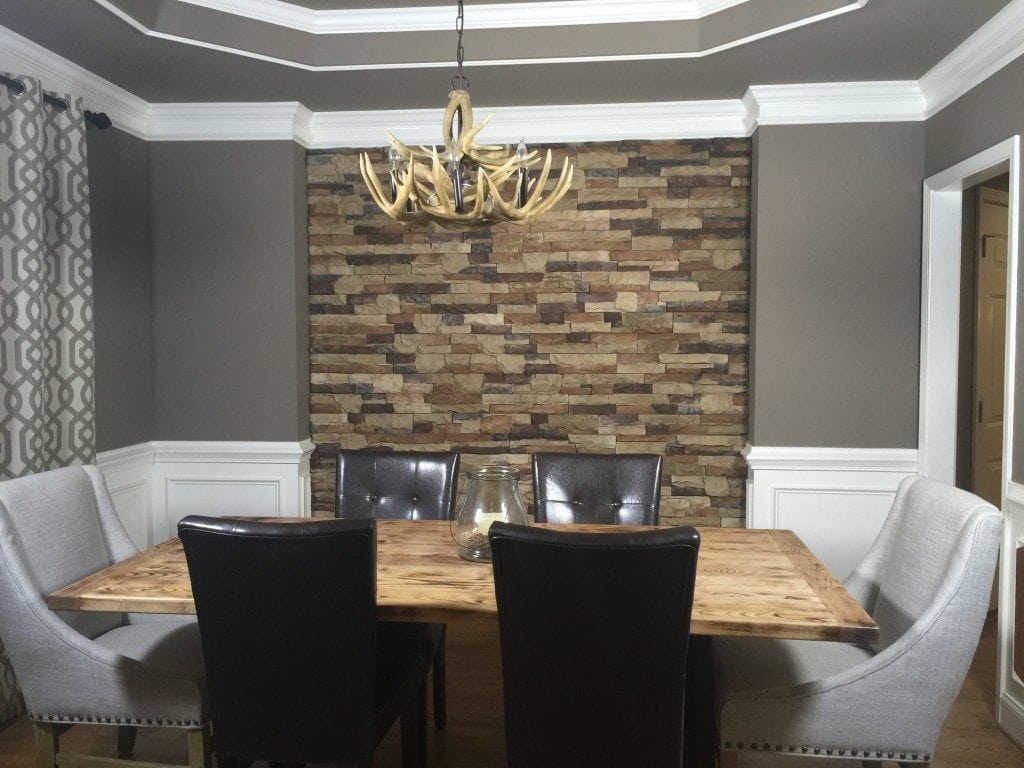
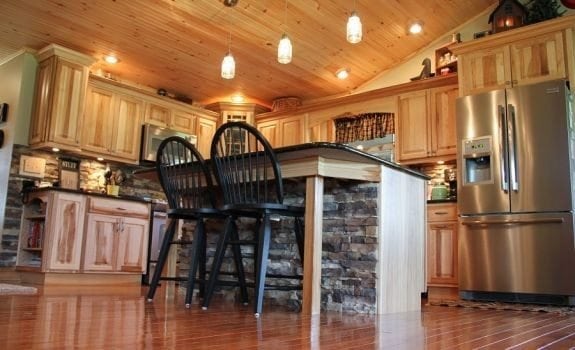
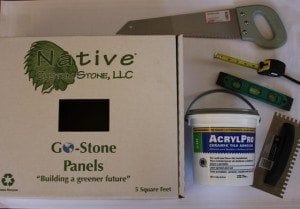
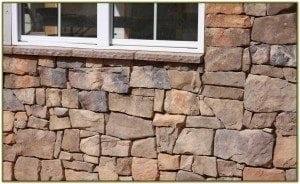
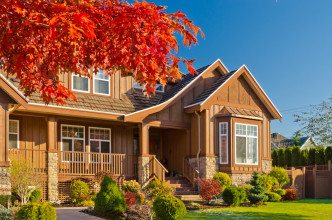
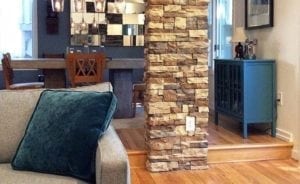
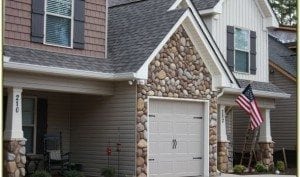
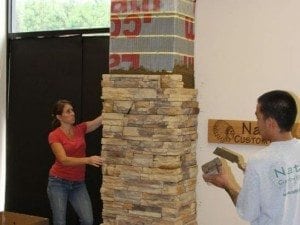

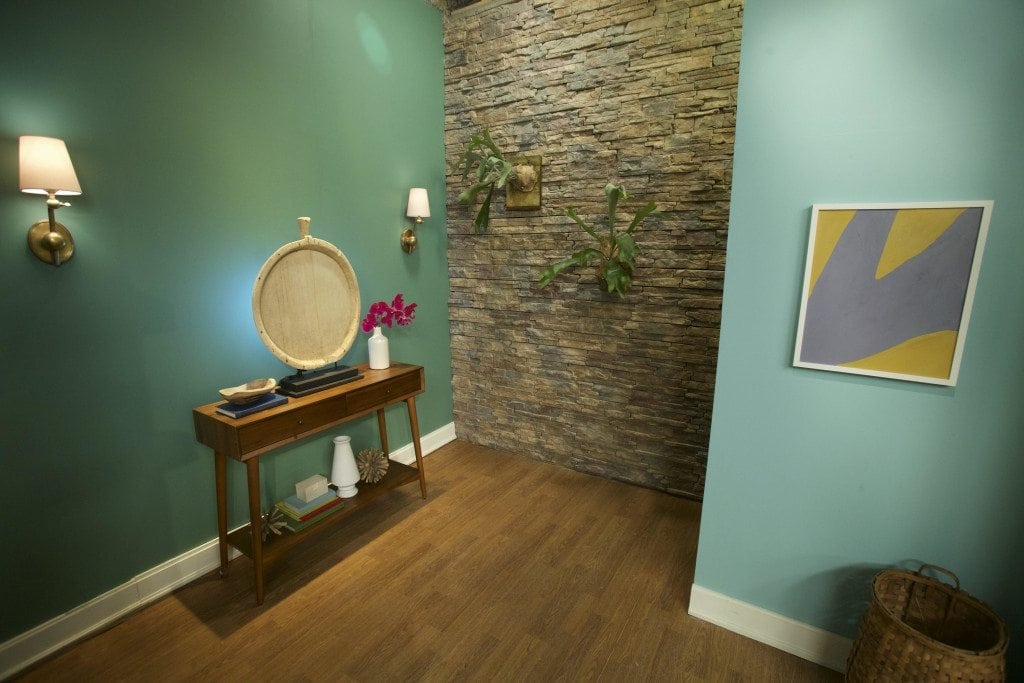



Follow Us!